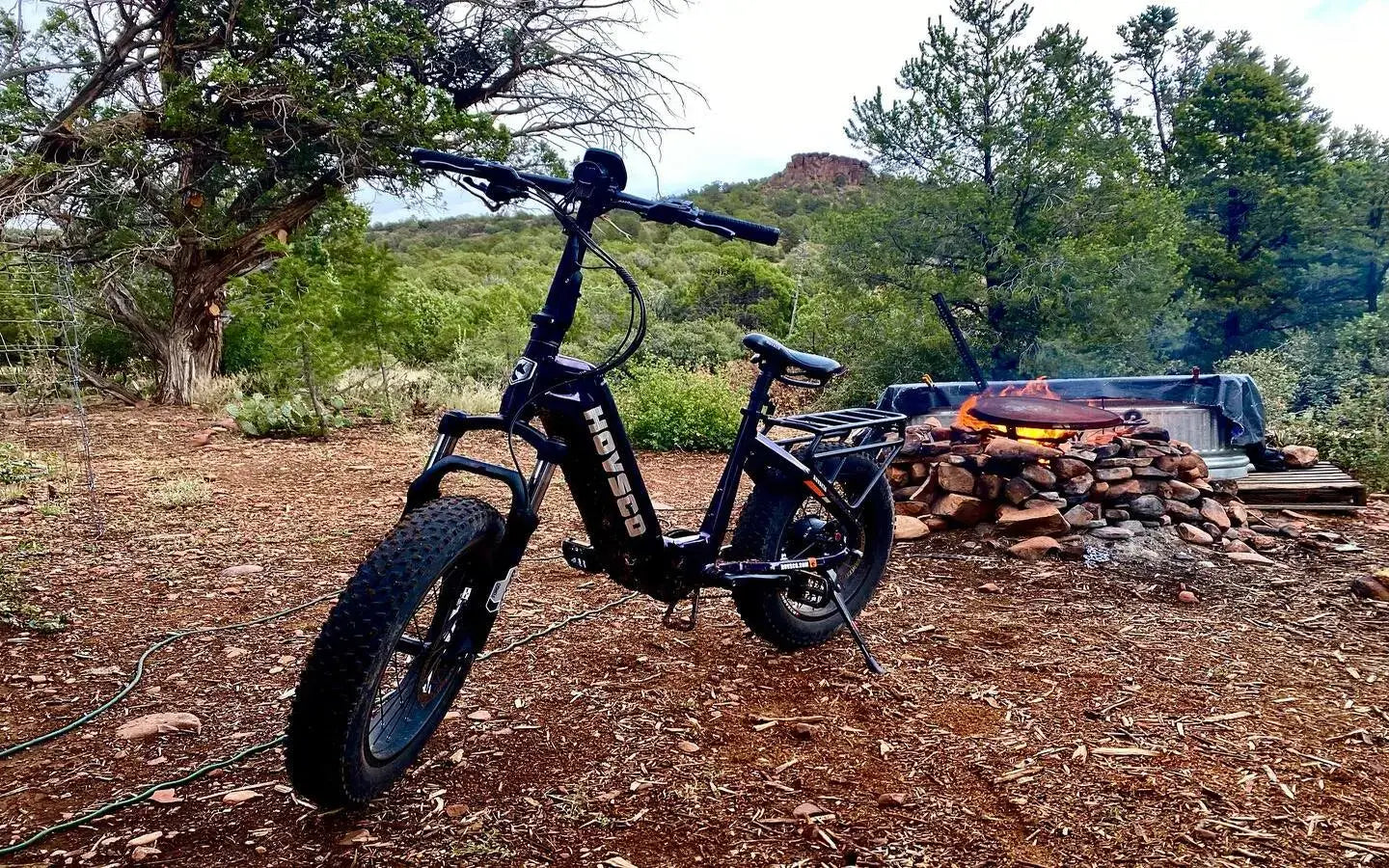
- by LiuJiazhu
How Can Electric Mountain Bike Batteries Be Properly Maintained?
- by LiuJiazhu
Electric mountain bike batteries require regular partial charging (20%-80%), avoiding extreme temperatures, and firmware updates. Store at 50% charge in cool, dry places. Use manufacturer-approved chargers and inspect terminals monthly. Proper maintenance extends lifespan by 30%-50% and prevents premature degradation.
Partial charging (20%-80%) minimizes lithium-ion stress, while full discharges accelerate wear. Avoid overnight charging to prevent heat buildup. Use smart chargers with auto-shutoff for safety.
Lithium-ion cells degrade fastest at extreme charge states—below 10% or above 90%. A 30%-80% charging habit can triple cycle life compared to 0%-100% cycles. Pro tip: Set phone reminders to unplug at 80% during daytime charges. Practically speaking, treat your battery like a marathon runner—consistent, moderate efforts outperform sporadic sprints. For example, charging from 40% to 70% daily causes less wear than weekly 0%-100% cycles. But what if you need a full charge for a long ride? Occasional 100% charges are acceptable if you ride immediately.
| Charging Habit | Cycle Lifespan | Capacity Loss/Year |
|---|---|---|
| 20%-80% | 1,200 cycles | 8% |
| 0%-100% | 500 cycles | 25% |
Store at 50% charge in 10°C-15°C environments. Check voltage every 3 months—recharge to 50% if below 30%. Avoid damp areas to prevent terminal corrosion.
Lithium-ion self-discharges 2%-3% monthly. Storing at full charge causes electrolyte breakdown, while empty storage risks "sleep mode" failure. Technical specs: 50% charge keeps cell voltage at 3.7V-3.8V, the most stable state. Pro tip: Use silica gel packs in storage containers to maintain <35% humidity. Think of battery storage like preserving wine—cool, consistent temps and partial "fill" prevent spoilage. Beyond basic care, remove batteries from the bike to avoid controller phantom drain. Ever seen a $800 battery ruined by a garage heat wave? Thermal stress during storage causes up to 10x faster degradation than regular use.
Extreme cold reduces capacity temporarily, while heat above 40°C causes permanent damage. Ideal operating range is 5°C-25°C. Never charge below 0°C.
Below freezing, lithium-ion conductivity drops 30%, mimicking capacity loss—though this reverses when warm. However, charging under 0°C creates metallic lithium plating that punctures cell separators. Technical fix: Always warm batteries to room temperature after winter rides before charging. Pro tip: Insulate your battery with neoprene sleeves during sub-zero rides. It’s like giving your battery a thermal jacket—maintaining optimal performance. Real-world example: A rider charging a -5°C battery after a snowy trail ride caused $420 in cell replacements from internal shorts.
| Temperature | Effect | Solution |
|---|---|---|
| >40°C | Electrolyte evaporation | Shade cooling |
| <0°C | Charge rejection | Room-temp storage |
Firmware updates optimize charging algorithms, cell balancing, and thermal management. Outdated software risks overvoltage and unbalanced cells.
Modern BMS (Battery Management Systems) rely on firmware to regulate 10-14 cell groups. A 2023 study showed updated firmware reduces cell voltage variation by 60%, preventing "weak cell" failures. Pro tip: Check manufacturer sites monthly—updates often coincide with seasonal temperature changes. Imagine firmware as a battery's immune system; without updates, it can’t adapt to new stress factors. Transitionally, while hardware matters, software dictates longevity. Did you know a Shimano STePS 8000 update in 2022 increased cell-balancing efficiency by 22%? Always update via official apps—third-party tools can brick BMS chips.
Monthly: Clean terminals with isopropyl alcohol. Quarterly: Check torque on mounting brackets. Annually: Professional capacity test and firmware audit.
Terminal corrosion increases resistance, causing 5%-15% energy loss. Use dielectric grease after cleaning—it’s like sunscreen for electrical contacts. Torque specs matter: Loose battery mounts on trails cause connector arcing. Pro tip: After deep mud rides, rinse battery trays with distilled water to prevent salt corrosion. Think of maintenance as dental care—skip cleanings, and you’ll pay for root canals. A Yeti Cycles study found riders following this schedule retained 92% capacity after 3 years versus 67% in non-maintained packs.
Replace at 70% original capacity or if voltage drops >15% under load. Physical swelling or error codes also indicate failure.
Capacity testing requires specialized tools like GRIN Cycle Analysers—smartphone apps often have 20% margin of error. Voltage sag beyond 15% (e.g., 54V nominal dropping to 45V mid-climb) signals worn cells. Pro tip: Loan a friend’s same-model battery to compare range—it isolates pack vs motor issues. It’s like comparing car tires; if yours balds twice as fast, the problem isn’t the road. Real-world example: A 2021 Specialized Turbo Levo owner ignored swelling cells until the pack caught fire during charging—a $1,200 mistake.
Modern BMS systems prevent overcharging, but heat buildup during prolonged charging accelerates degradation. Unplug at 100%.
Are aftermarket batteries safe for e-MTBs?Risky—non-OEM packs often lack proper cell matching or BMS communication, causing fires or controller damage.
How much does e-MTB battery replacement cost?$500-$1,200 depending on capacity. HOVSCO’s 720Wh pack retails at $899 with a 2-year warranty.
Do e-MTB batteries lose capacity when unused?Yes—expect 3%-8% annual loss even in storage. Keep at 50% charge and recharge quarterly.
Can I waterproof my e-MTB battery?Most have IP65 ratings—withstands rain but not submersion. Never pressure-wash connectors.
Where to recycle old e-MTB batteries?Best Buy, Call2Recycle, or manufacturer take-back programs. Never trash—lithium fires endanger waste systems.
Share:
What Are High-Torque Electric Mountain Bike Motors Designed For?
Which Electric Mountain Bike Is Best For Steep Trail Climbing?